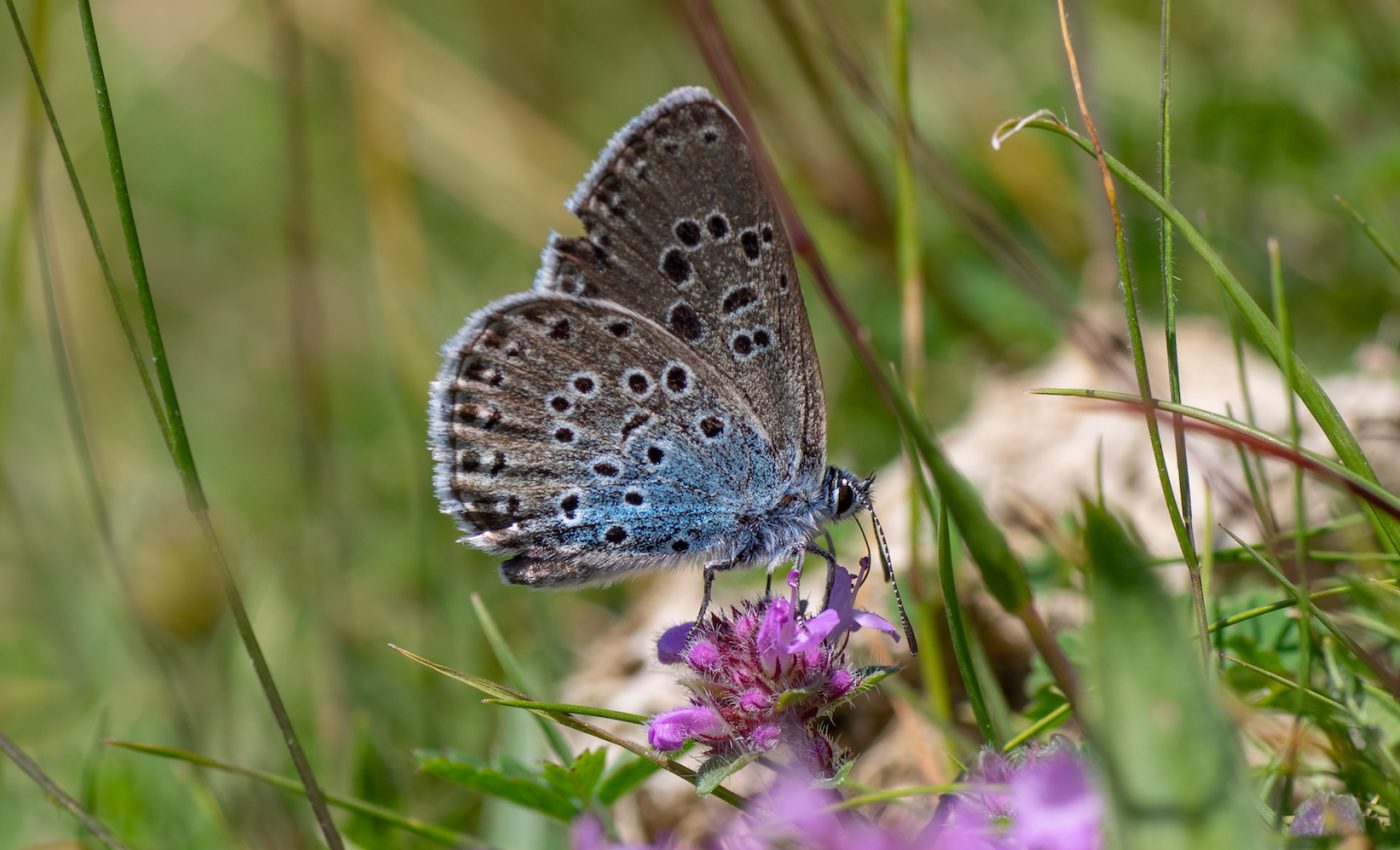
Butterflies make a big comeback across the pond
The annual UK Butterfly Monitoring Scheme (UKBMS) has revealed that more than two-thirds of butterfly species returned in greater numbers in 2018 compared to the previous year. Two of the rarest UK species, the Large Blue and Black Hairstreak, made a bigger comeback than any other year on record.
From 2017 to 2018, numbers of the Large Blue increased by 58 percent and numbers of the endangered Black Hairstreak exploded by more than 900 percent. According to the experts, these rare butterfly populations were boosted by both warm summer weather and a cold spell in late winter that likely helped caterpillars survive.
Common white butterflies also had a good year after many below-average seasons, with the numbers of various white species rising by as much as 155 percent. In addition, the Brown Argus and Speckled Wood recorded their third best season, while the threatened Duke of Burgundy was up by 65 percent.
Despite this progress, however, the Butterfly Conservation reports that “2018 was still only an average year for the UK’s butterflies.” Overall, 36 out of 57 species have declined since record-keeping began just over four decades ago.
Not all of the UK’s butterflies had a good 2018 season, as the hot spring and summer weather produced drought conditions that damaged caterpillar food plants. As a result, the Gatekeeper, the Small Skipper, and Essex Skipper all experienced significant declines of up to 32 percent.
Professor Tom Brereton is the associate director of monitoring at Butterfly Conservation.
“2018 brought some welcome relief for butterflies following five below average years in a row. But, there were not as many butterflies around as we might have expected given the fabulous weather over much of the butterfly season and overall 2018 ranked as barely better than average,” said Brereton.
“This and the fact that two-thirds of butterflies show negative trends over the long-term highlights the scale of the challenge we face in restoring their fortunes and creating a healthier environment.”
“It remains to be seen what the knock-on effects of the 2018 heatwave will be. We know that extreme events such as this, which are set to increase under climate change, are generally damaging to butterflies.”
“The results show the positive impact that suitable weather conditions can have if there is suitable habitat in place for our butterflies to thrive,” added butterfly ecologist Dr. Marc Botham.
“Thanks to ongoing habitat management, many of our threatened species can benefit from the good weather like that of summer 2018, but more still needs to be done to improve the condition of the wider countryside as a whole so other species can also take advantage. This can start in our own back gardens, by leaving areas unmown and planting native wildflower species, for example.”
The UKBMS is organized and funded by Butterfly Conservation, the Centre for Ecology & Hydrology, the British Trust for Ornithology, and the Joint Nature Conservation Committee.
—
By Chrissy Sexton, Earth.com Staff Writer













